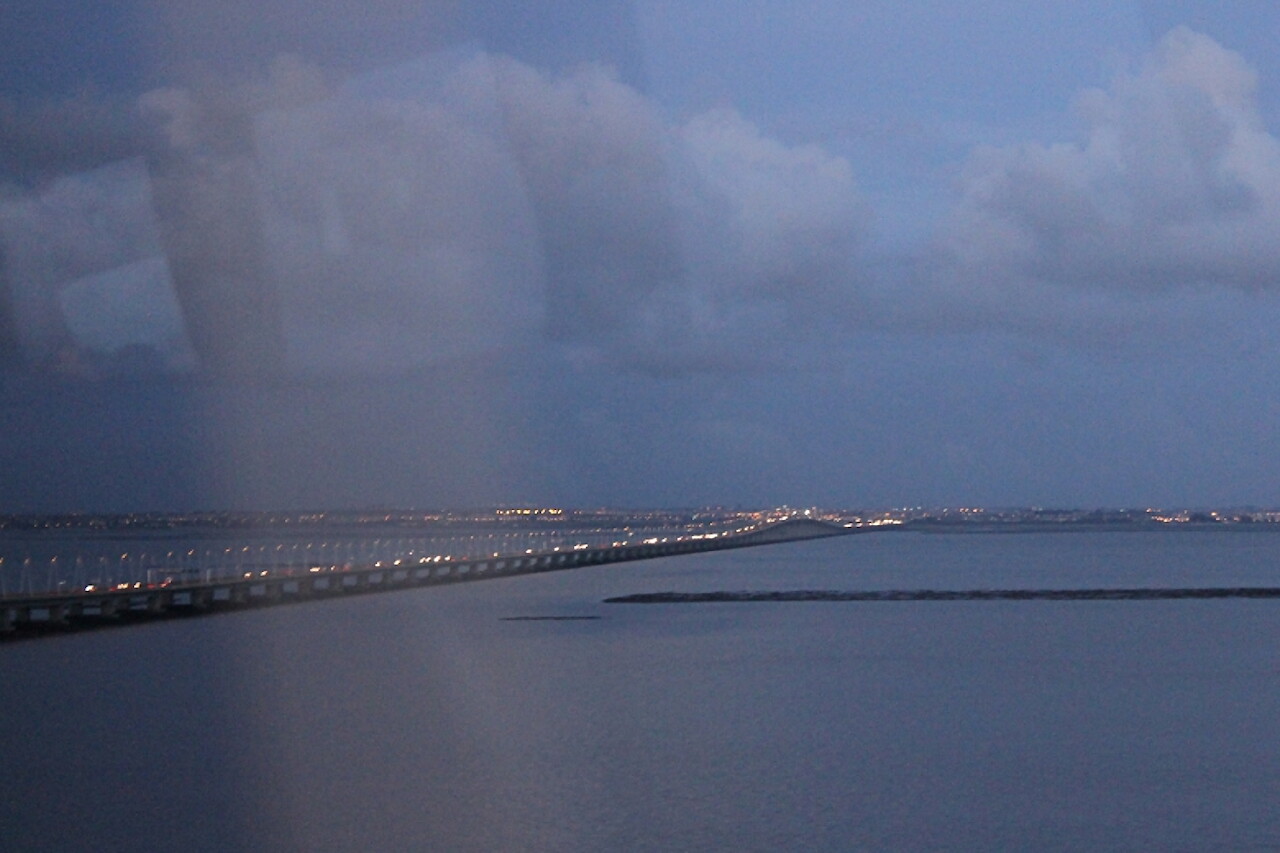Praça do Comércio and Baxia
From Cais do Sodre I finally reached the city's most famous square, which runs along the bank of the Tagus. Its dimensions are 180 by 200 meters, it occupies a space of 36 thousand square meters and the inhabitants of Lisbon, of course, consider it the largest in Europe. Its history began in 1498, when by order of King Manuel I, the construction of the luxurious Ribeira Palace began on the river bank, in 1511 the palace was ready, and the king moved his residence there. The palace stood for more than 200 years, until it was completely destroyed by the earthquake of 1755. The Prime Minister, Marquis de Pombal, who led the restoration of the city, did not restore the palace, but ordered to remove the ruins and build a large square in their place. The square faced the docks of the Tagus River, and became the commercial center of Lisbon, for which it received the official name Praça do Comércio (Commercial Square). However, the name "Palace" has taken root among the people, and the inhabitants of Lisbon still call it that.
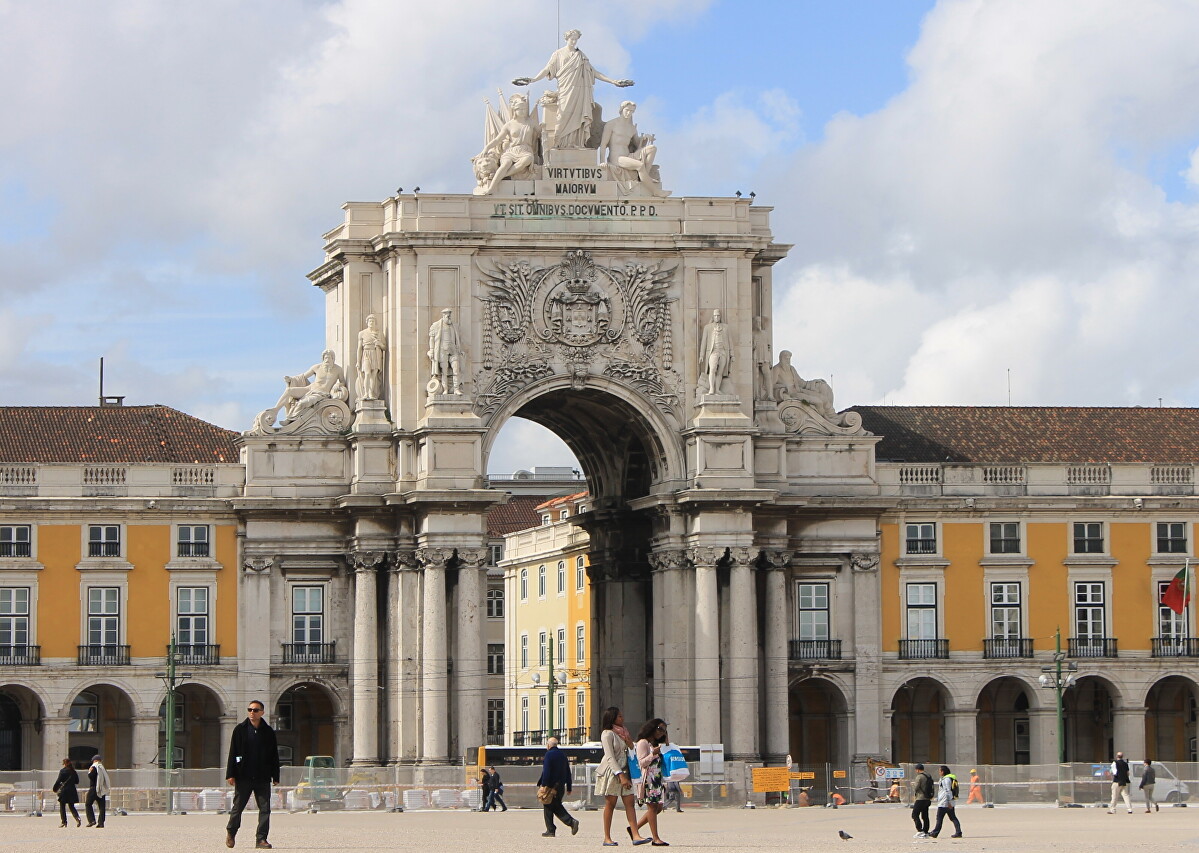
Along the perimeter of the square, arcaded buildings were built to house government offices. In the center of the square there is an equestrian statue of King Jose I, during whose era the city was restored. The monument was designed by Joaquim Machado de Castro and opened in 1775.
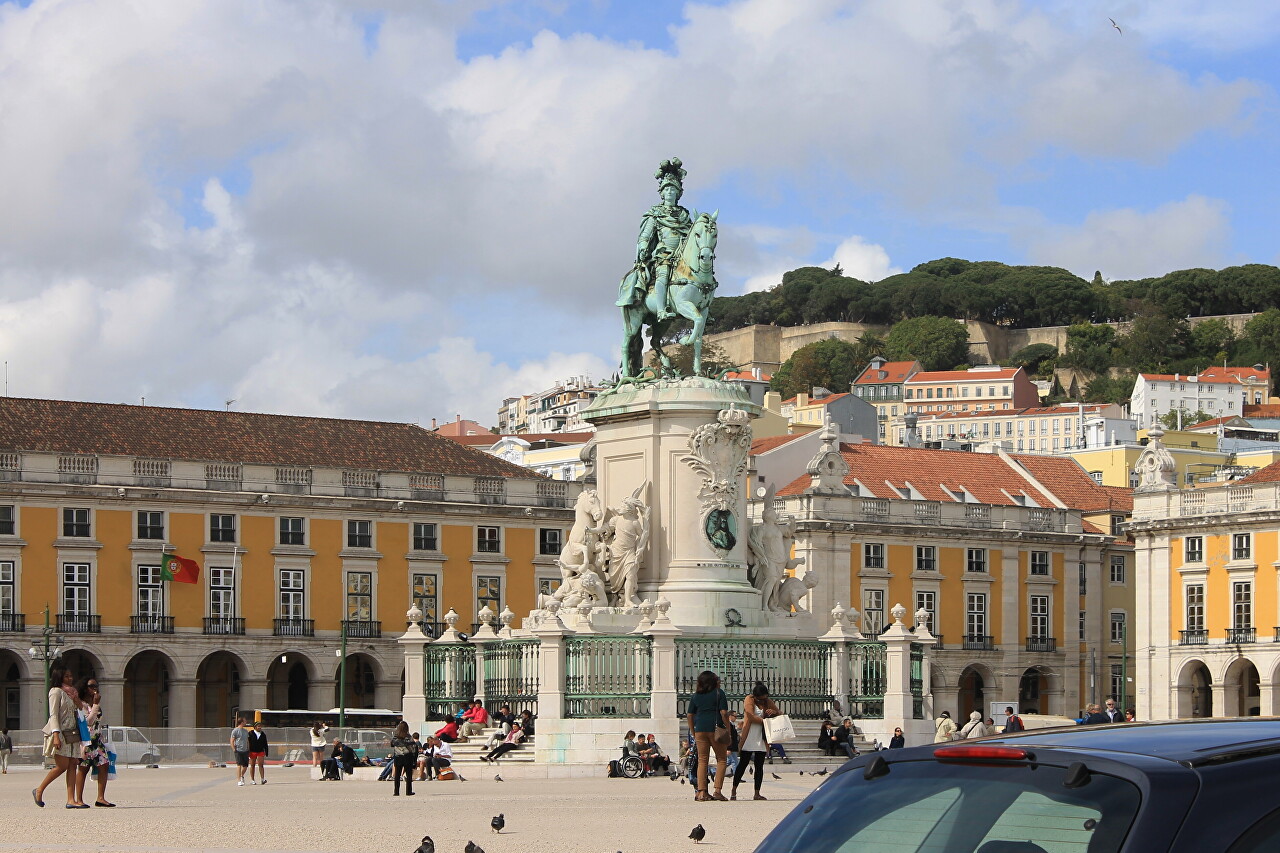
The main decoration of the square's ensemble, the Arc de Triomphe (Arco do Triunfo), symbolizes Lisbon's rebirth from the ruins after the earthquake. Construction on the Santos de Carvalho project began in 1759, but was soon stopped. Work continued in 1843, but already designed by Verissimo Jose da Costa, and was completed in 1873. The arch offers a perspective of the main street of Rua Agusta, the centerline of the central city district of Baixa.
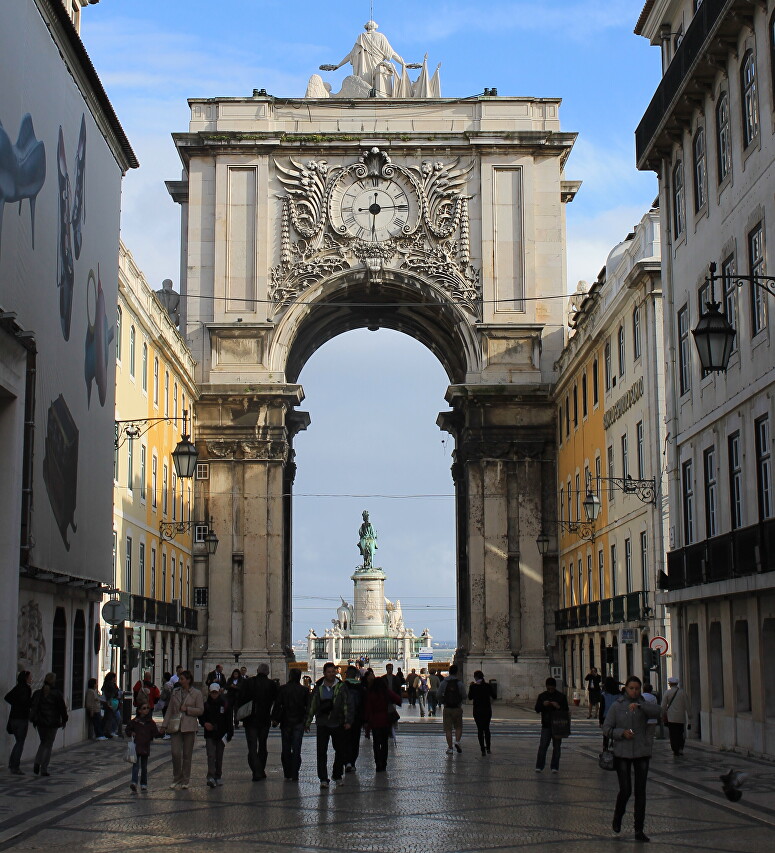
The Baixa district is formed by ten parallel streets, where many shops, cafes and restaurants are located. It is crowded from early morning to late night.
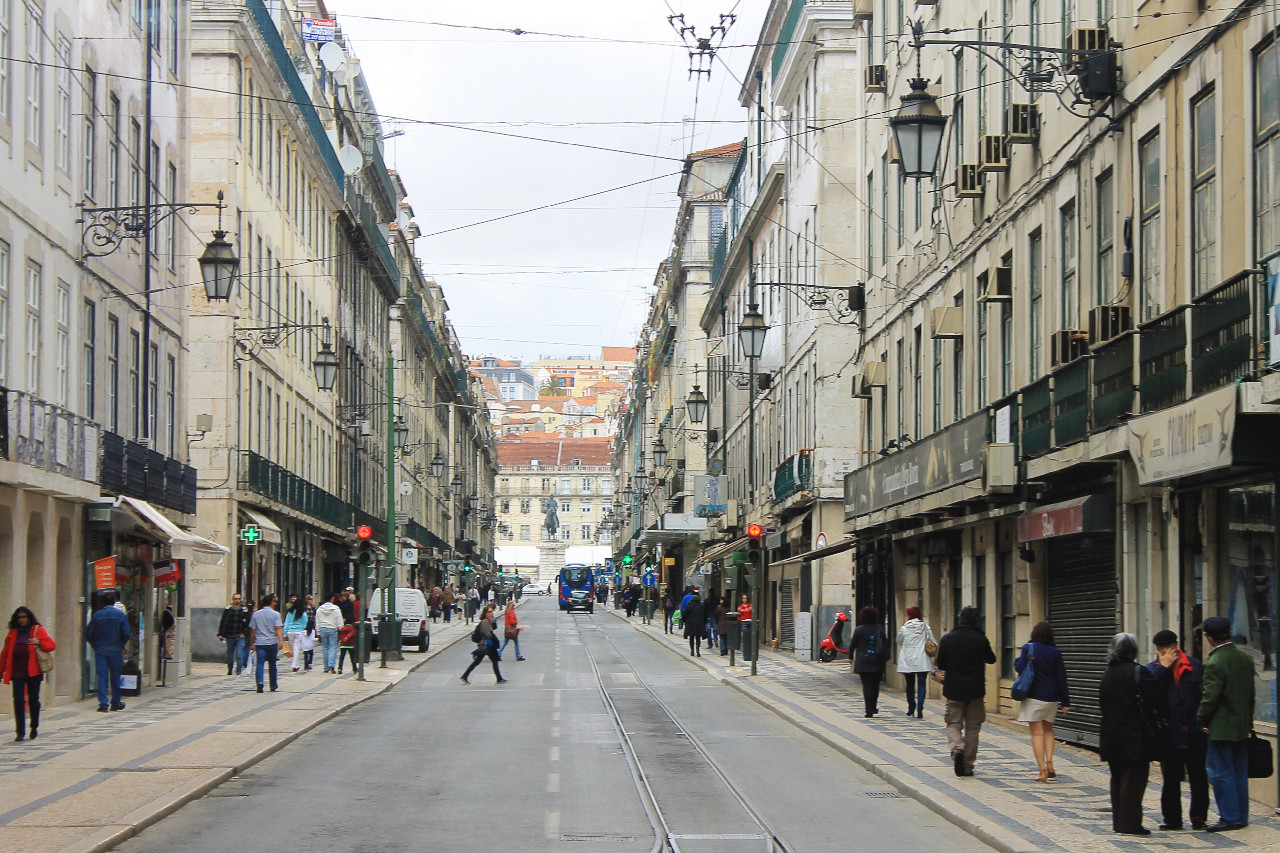
Walking through the streets of Baixa, I came across a Comercialfoto store, where I saw in the window a Sigma 18-125 3.8-5.6 OS HSM lens, which I unsuccessfully searched in stores in many European cities, it could only be purchased by order. Naturally, I immediately put it on camera.

The first images captured by the new lens are of the Elevador de Santa Justa ski lift, located in the northwestern part of Baixa on Rua Áurea. You can take the elevator up to a height of 32 meters, where there is a viewing platform, and go over the bridge to the Chiado area. The elevator was built in 1902 by the engineer Raoul Mesnier du Ponsard, the author of all Lisbon funiculars.
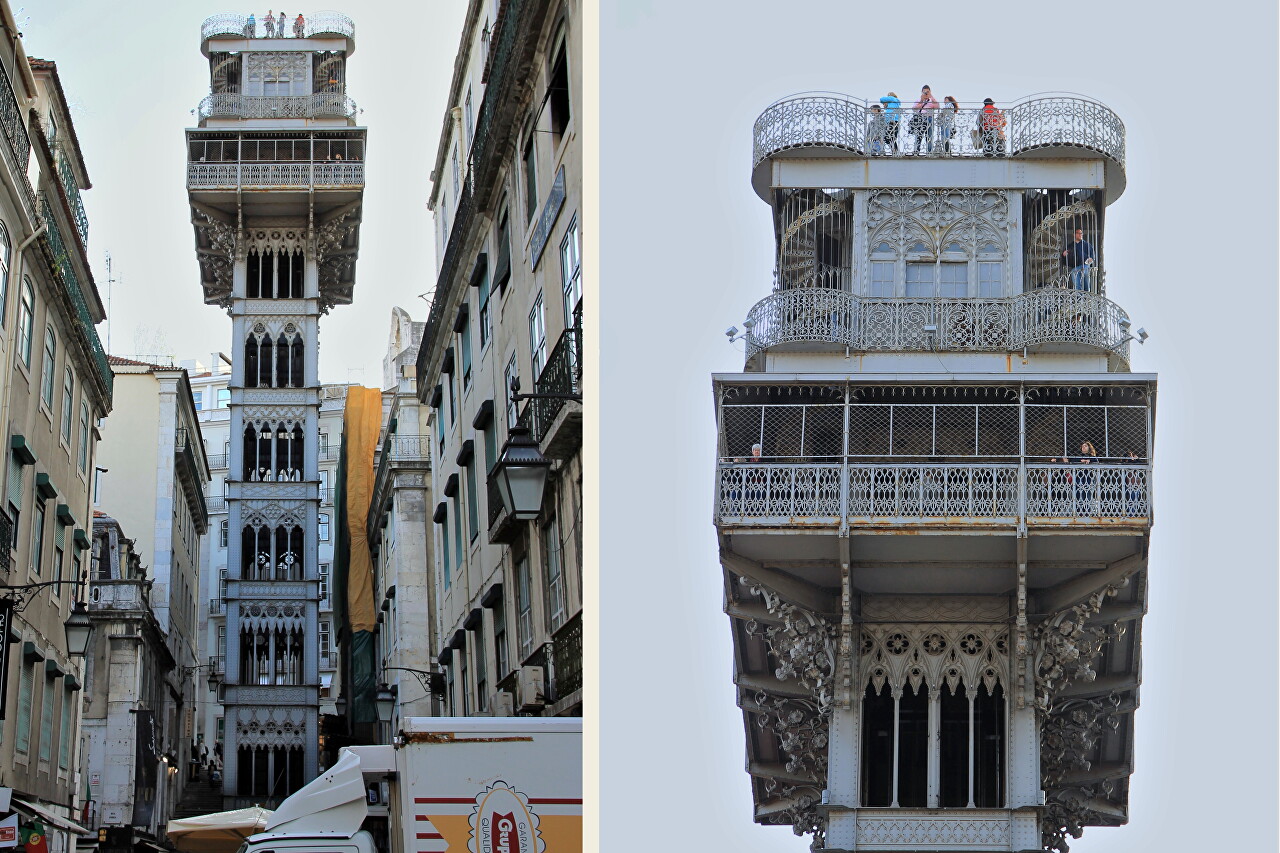
That was the end of our first tour of Lisbon, and we drove back to the hotel at dusk. As I said, we stopped in the suburb of Montijo, on the other side of the river, where we went over the Vasco da Gama Bridge.
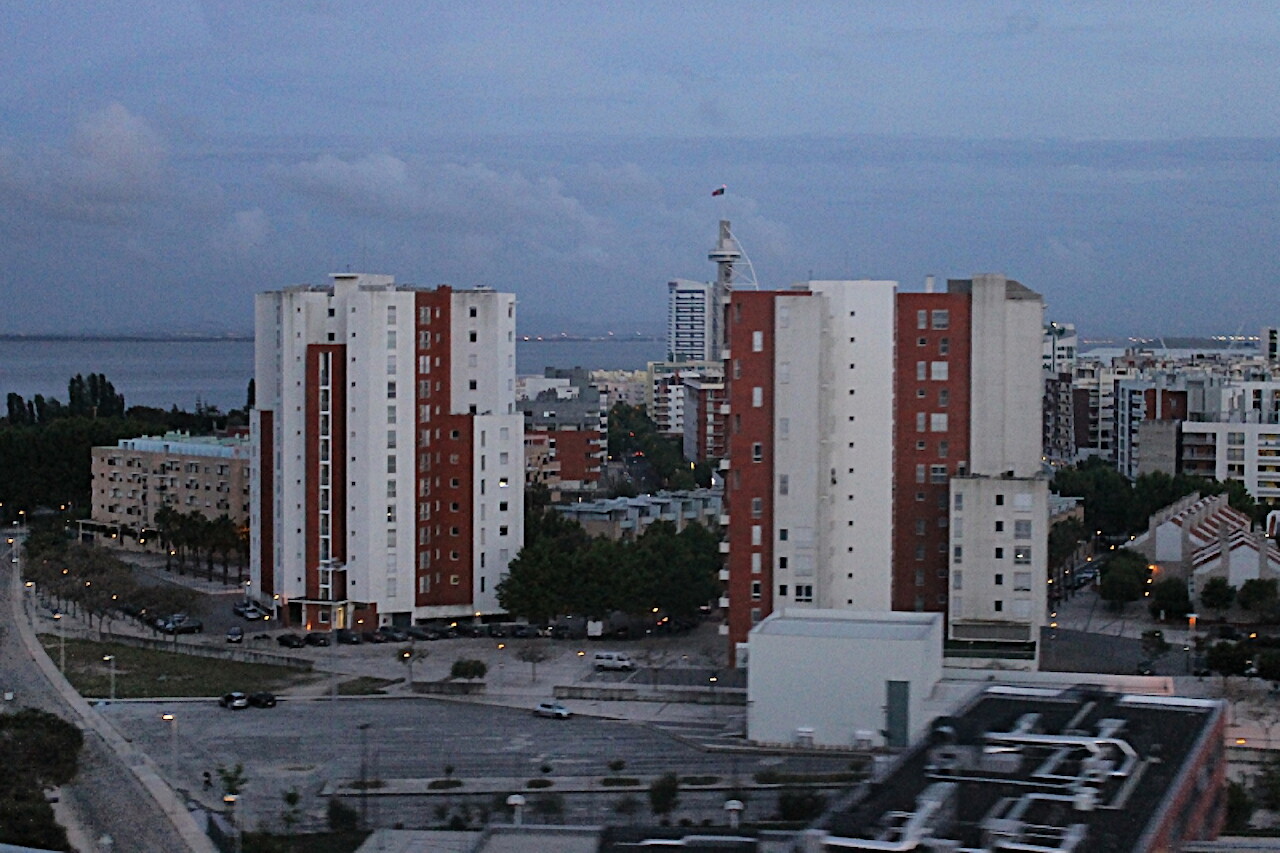
The bridge is located behind the Park of Nations (Parque das Nações), so you can see the Tower of Vasco da Gama (Torre Vasco da Gama) and the Park of Heroes of the Sea (Jardim do Passeio dos Heróis do Mar). At low tide, an extensive shoal forms in front of it.
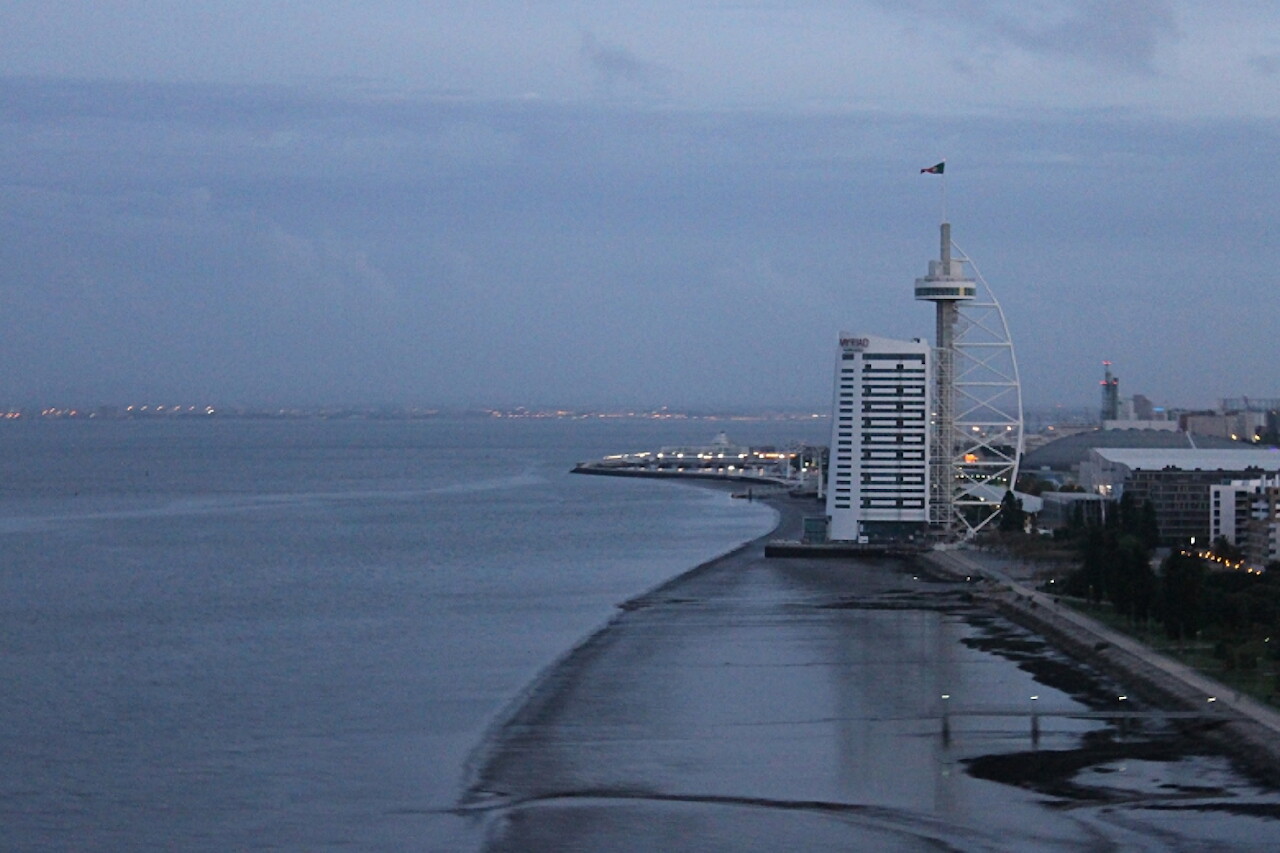
Despite the fact that I managed to see only a small part of the sights of the capital Prtugalia, the city made a huge impression on me with its grandeur and beauty. I decided to definitely return here for a more detailed acquaintance and subsequently visited here several more times at different times of the year, which you can read about in the following articles.
